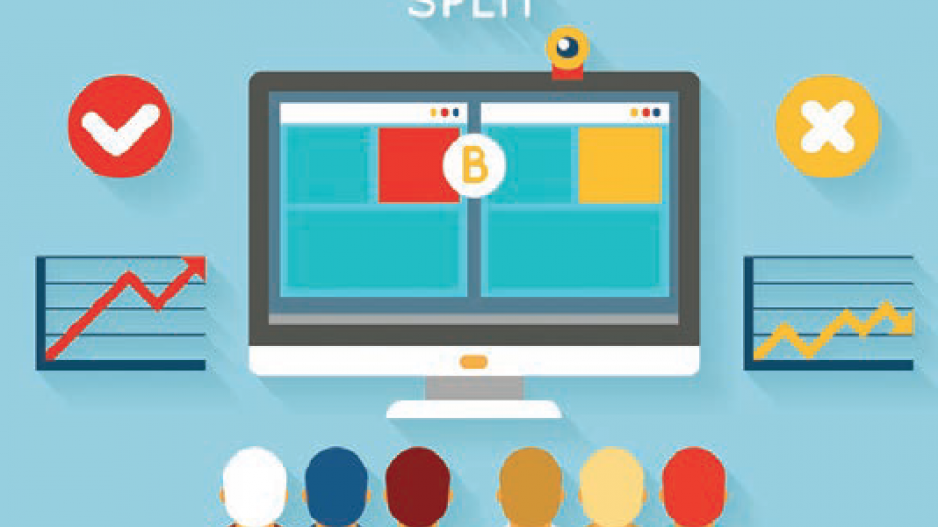A while ago we wrote about testing being one of the biggest Internet marketing secrets. However, that secret doesn’t just apply to online businesses. Testing is now ubiquitous, and it is becoming a new way of doing business.
Testing can be applied to everything from a new business idea or strategy (see “Have you tested your strategy lately?” published in McKinsey Quarterly) to a new price or product. Google constantly tests new search algorithms, Facebook tests new website features and different formats of ads, Procter & Gamble tests ad copy to predict sales impact from different ads and Tim Hortons tests new coffee flavours.
Split testing has recently become a popular technique in marketing circles. It provides a means of comparing two or more marketing strategies or tactics in a controlled experiment. One of the simplest forms of split testing is an A/B test that measures the success of a default (version A) against a variant (version B) based on a certain metric.
How would you like to compare the effectiveness of two different advertising campaigns, two different websites, two different social media campaigns or two different email campaigns? You can do all of this with a simple A/B test.
Testing doesn’t have to be complicated.
Let’s assume that you want to test the effectiveness of two different (landing) pages on your website. Say, for example, you had 12,000 visitors on page A, and, as a result, 105 website inquiries (conversions). At the same time, your page B had 13,000 visits and 145 website inquiries. Page B had more conversions, but it also had more traffic. Is the difference in results large enough to be considered statistically significant?
Let’s put these numbers in an online split test calculator such as www.splittestcalculator.com. The calculation shows that the difference is not due to chance; rather, we can declare page B a winner with 95% confidence. Most importantly, remember that the testing is a continuous process, so now keep the winner (page B) as is, change the page A, and do another test.
Here are eight areas where you can use an A/B split test in your online business to test two different:
- online ads;
- website landing pages (their colour or message);
- headlines;
- email subject lines;
- call to actions (including buttons);
- contact forms;
- time/days for your marketing campaign; and
- social media platforms/social media posts.
BizTech Q&A is our answer to the most common technology questions related to your business.
Email us your questions and we will respond. •
Cyri Jones ([email protected]), founder of ZENPortfolios.ca and co-founder of Zen Launchpad, teaches at BCIT and Capilano University. Ivan Surjanovic, CEO of iPower Lab, is in Capilano University’s marketing faculty. He blogs at whereispuck.com and tweets on www.twitter.com/whereispuck.com.




